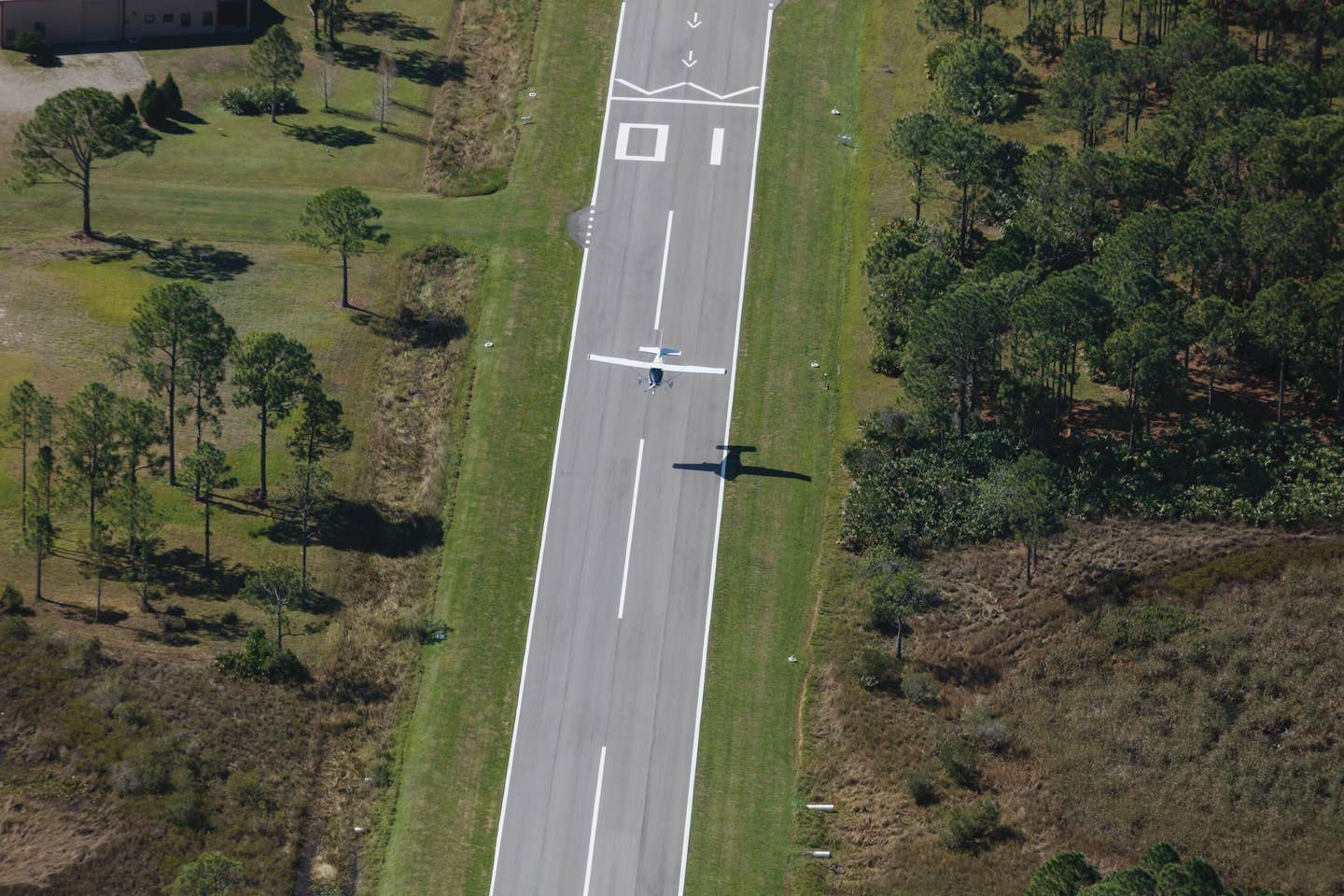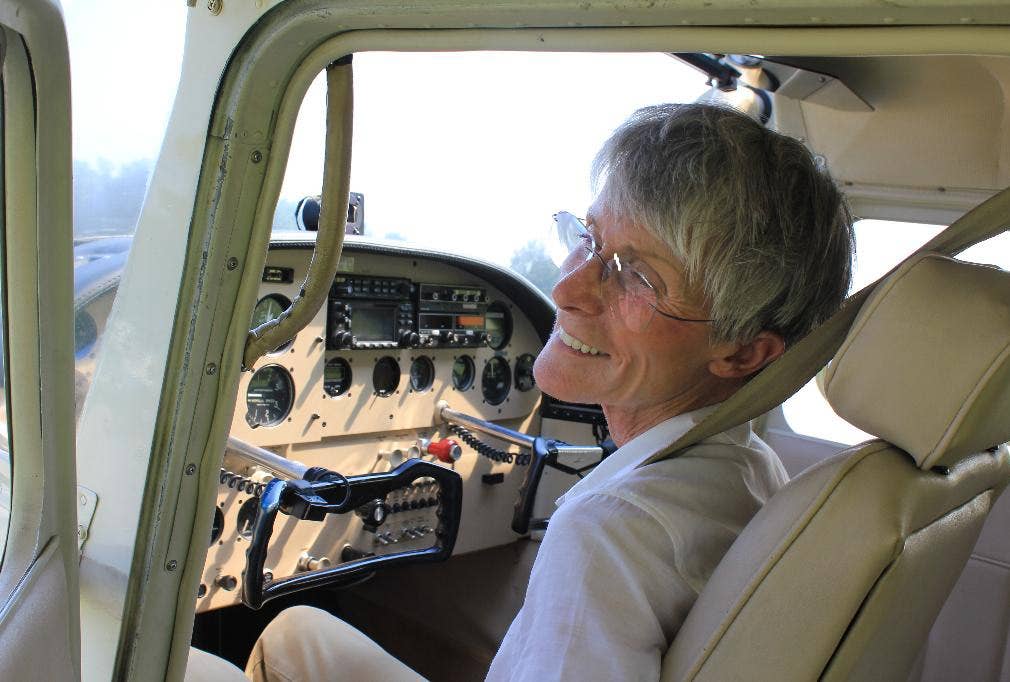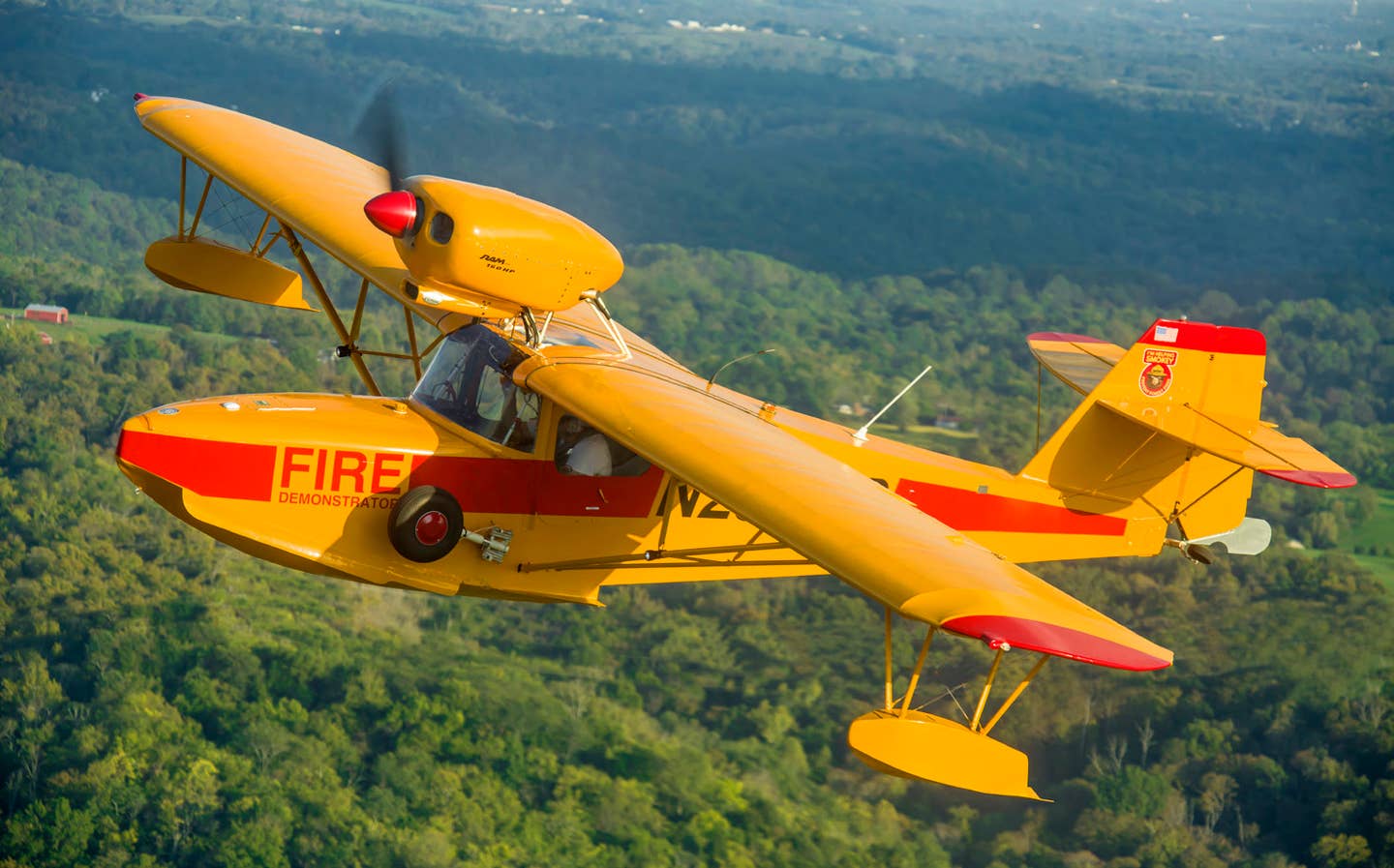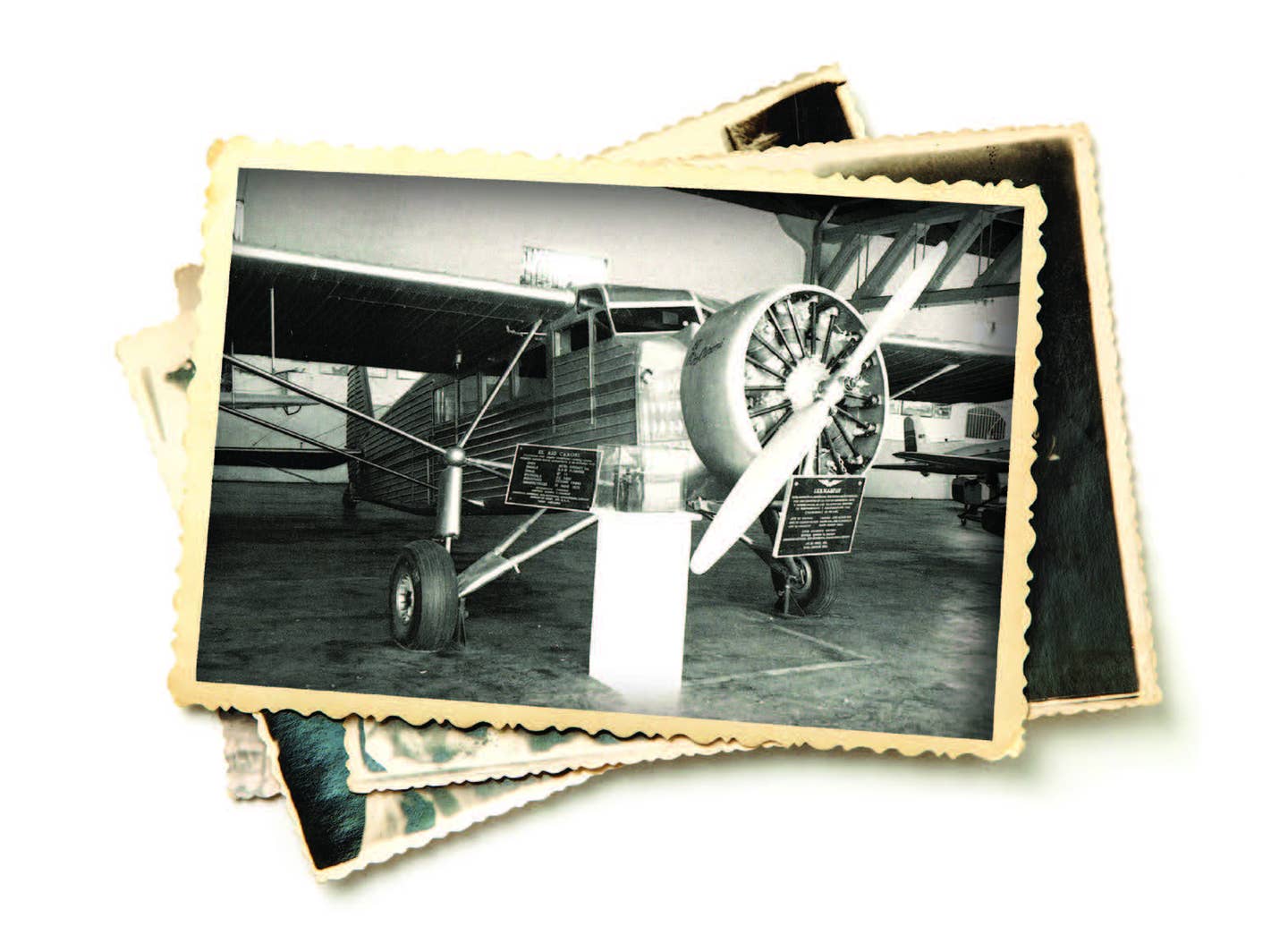Getting Tired of Tragic Accidents After Engine Failures on Takeoff? Yeah, Me Too
Engine failure accidents on takeoff are a controversial subject but one well worth the attention of GA pilots.

Attempts to make successful, emergency 180-degree returns to a runway on climbout are too often catastrophic. [iStock]
I was scribbling on the blank half of a magazine page with an ad for bed pillows as I thought about this column. It seemed appropriate to use “Me, Too” instead of “Us, Too” since it’s remotely possible some readers might disagree with me.
I’m a plain-Jane, single-engine-land private pilot with an instrument rating now, but I spent many years and lots of flight time instructing, testing, and examining, both in and out of the FAA. And, heaven knows, as well as the FAA and a large part of the flying and nonflying world, that I don’t always play by the rules. But there’s a particular emergency that bothers me and needs discussion because tragic accidents related to it keep happening.
If you're not already a subscriber, what are you waiting for? Subscribe today to get the issue as soon as it is released in either Print or Digital formats.
Subscribe NowIt involves those engine failures after takeoff, and I’ll admit this is a controversial subject. So many involve severe damage and fatalities when the pilot instinctively tries to turn the airplane more than 180 degrees to land back on that beautiful and safe piece of concrete behind them.
As we all know, theories about handling this ugliest of emergencies have been kicked around forever. But it can’t be denied that pilots keep trying and fatalities keep happening.
They tried to get back but didn’t make the runway…
…had just lifted off when a so-far undefined emergency caused them to initiate a return to the ground. Though the pilots initially survived the crash...both died soon afterward … At least one of the pilots had constant exposure to and promulgated a safety culture that talked often about the ‘loss of power on takeoff’ scenario. (It didn’t work for him).
A CFI on an introductory flight lifted off about two-thirds down a 4,140-foot runway and struggled to gain altitude. The passenger reported the CFI said the engine wasn’t ‘making power,’ declared an emergency, and turned back to the runway. The airplane stalled and impacted the ground about half a mile from the airport.
While no discrepancies were found, the airplane was at or above max gross weight, and the 94-degree surface temperature significantly reduced climb performance. Making an emergency turn back to the airport, ‘the pilot failed to maintain adequate airspeed and flew the airplane beyond its critical angle of attack, leading to an aerodynamic stall.’
I assume you’re confident this won’t happen to you…and you’re right, it probably won’t. If you’re reading this magazine, chances are you keep your airplane and engine in tiptop condition and are always conscious of your fuel load. You can properly compute a weight and balance, particularly in high-density-altitude situations, and your CFI taught you years ago (or maybe during your last flight review) how to make a successful 180-degree turn back to the runway from about 1,000 feet agl.
- READ MORE: Martha's Return to IFR Skies
Attempts to make successful, emergency 180-degree returns to a runway on climbout are too often catastrophic. Most everyone’s been introduced to the “simulated engine power loss on climbout,” using an altitude—at least 3,000 feet agl—as the pretend runway elevation. You’ve discussed the maneuver with your instructor, so at 4,000 feet or higher he pulls the power, you immediately pitch for best glide, and enter a 30-degree banked turn (probably to the left) back to that imaginary runway. And after a few tries, you’re pretty good at it. Maybe you can even do it from 500 or 600 feet.
Practice with a CFI to determine the height above the “ground” you need to successfully make that descending turn, and don’t forget to factor in skill, wind, temperature, density altitude, and the airplane you’re flying. Add a “startle” or surprise factor of at least 100 feet. With practice, using a base altitude of something like 3,000 feet agl, you’ll get an idea of how high you need to climb before making the turn back.
I hate to think of experienced and current pilots I’ve known who tried it in the heat of battle but were unsuccessful and aren’t with us anymore. It’s a dangerous and demanding maneuver—and something we rarely face.
If a sudden engine failure should ever happen, imagine the shock, confusion, disbelief, and subsequent slowness to react. Instead of immediately pitching to a best glide while looking for a decent spot or starting that turn you’ve decided to make, you’re probably checking to find what’s wrong…a fuel tank ran dry, a throttle slipped back to idle, or oil pressure. All that’s OK—after you’ve picked a spot and nailed the airspeed and flap configuration.
It goes without saying you’ll increase your odds of avoiding all this with a thorough preflight check (the fuel, visually), reviewing the topography around your home or familiar airports, being sure everybody’s securely strapped in and, without scaring the hell out of them, explaining what you and they will do in the unlikely event of a forced landing, like opening the doors before impact. But don’t forget to repeat to yourself the msl altitude you need after liftoff before attempting a return. Consider using best angle of climb (VX) and brief it to yourself before takeoff. If you’re not yet there in the climb, pick the best spot you can find ahead—ideally a farm field, golf course, or soccer field, but a highway (even one with traffic), a road, or even a city street can work. Treetops can, too, if you’re slow enough on impact. Once on the ground, steer between trees to take off the wings. Then, as Bob Hoover preached, “Fly it through the crash.”
I have to confess that, in my heart, I wonder if you can really train yourself to do this. Think about being in that position—600 feet above runway elevation in a climb and then a sudden engine stoppage with no warning. By the time your brain freeze thaws, you’ve already lost 100 feet or more, but you rudder it into a steep turn, forgetting how stall speed rises rapidly and lethally in an uncoordinated, 45-degree bank. You’re thinking that this has to work—that runway’s right behind you and a little cross-control doesn’t make much difference. Now you’re in a lethal situation—a steep skid and airspeed nearing stall. You’re determined that you’ll make it. Nobody will be hurt or killed, the airplane will stay intact, and there won’t be any publicity or news coverage, FAA, or Monday morning quarterbacking. It’s your life back there, and with enough effort and a little luck, it will go on as before.
Except it can’t and won’t.
Think hard about it here on the ground.
This column first appeared in the December 2023/Issue 944 of FLYING’s print edition.

Sign-up for newsletters & special offers!
Get the latest FLYING stories & special offers delivered directly to your inbox







